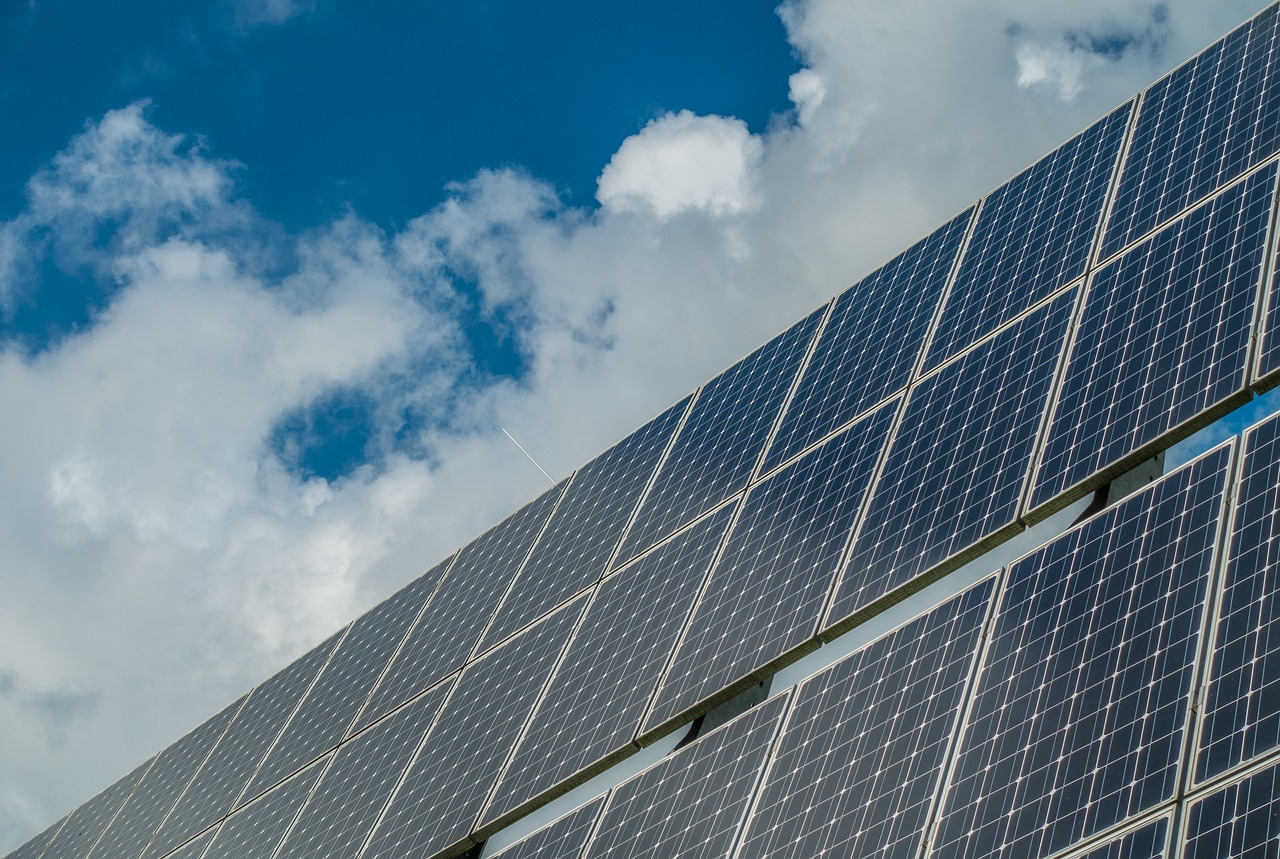United States – For the second quarter in a row, trade policy uncertainty and supply chain constraints are driving solar price increases across all market segments, according to the US Solar Market Insight report released by the Solar Energy Industries Association (SEIA) and Wood Mackenzie, a Verisk business.
The recently dismissed petitions for anti-dumping and countervailing duties on solar cells from Malaysia, Thailand, and Vietnam caused significant shipping disruptions for importers, which further exacerbated supply chain constraints. Logistical challenges and price increases in the solar supply chain will depress deployment over the next year, resulting in a 7.4 GW (25%) decrease in the forecast for 2022 compared to previous forecasts.
Solar projects will continue to face supply chain challenges in the near term, but new forecasts show that, if passed, the clean energy provisions in the Build Back Better Act will stimulate solar market growth. The legislation will enable the solar industry to continue on its robust growth trajectory, incentivize domestic manufacturing, and alleviate supply chain constraints.
Rising prices are impacting the utility-scale solar market the most. Prices in this segment dropped by 12% between Q1 2019 and Q1 2021, but spikes in the last six months have erased all price declines from this two-year period.
If the Build Back Better Act is enacted, the United States is projected to install 43.5 gigawatts (GW) of additional solar capacity over the baseline forecast between 2022 and 2026. This would bring cumulative solar capacity in the United States to over 300 gigawatts, which is triple the amount of solar deployed today.
Forecasts show that tax credits in the Build Back Better Act will increase growth in nascent state solar markets and significantly increase deployment in more established markets. For example, if the Build Back Better Act passes, Texas is expected to add 7 GW of additional solar capacity over the baseline forecast by 2026, reaching 44 GW of cumulative capacity.
If the Build Back Better Act becomes law, 14 states will see at least a one-gigawatt boost in solar deployment in the next five years, and 14 more will see at least a 500-megawatt boost.




